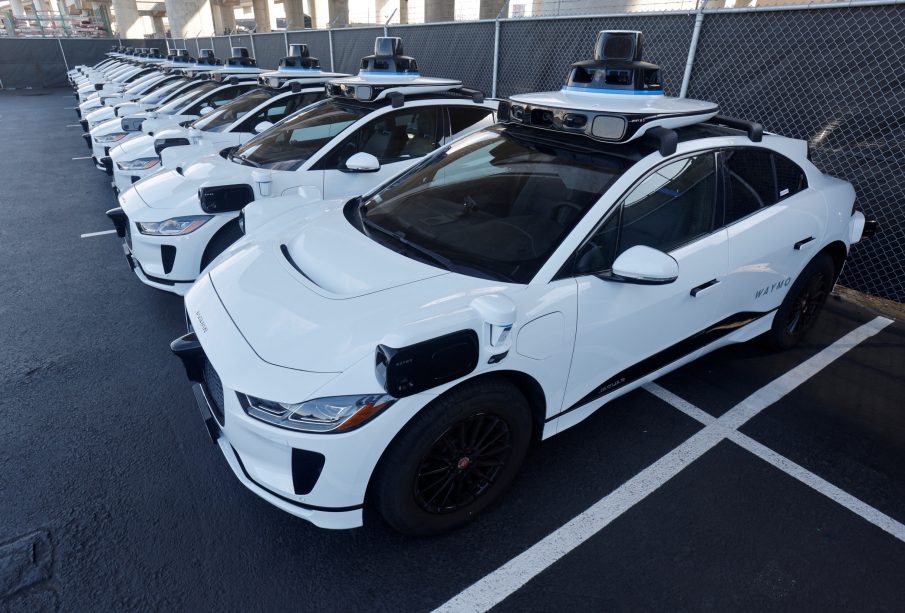Exploring Waymo: The Future of Autonomous Driving

Introduction
Waymo, a subsidiary of Alphabet Inc., is at the forefront of autonomous vehicle technology. With the increasing demand for self-driving cars aimed at enhancing safety and efficiency on the roads, Waymo’s innovations are critical for the transport industry and urban mobility. As cities grow increasingly congested, the need for autonomous vehicles is more relevant than ever, providing promising solutions for reducing traffic accidents and improving the transportation infrastructure.
Latest Developments
In the past few months, Waymo has made significant progress, including the broader rollout of its autonomous ride-hailing service, Waymo One, in various cities across the United States. In Phoenix, Arizona, the company has been operating fully driverless rides at scale, allowing passengers to experience true Level 4 autonomy. This means vehicles can handle all driving tasks in most conditions without human intervention.
Moreover, Waymo has recently expanded its service area and incorporated more vehicles into its fleet. As of October 2023, the company reports that it is not only enhancing its technology but also collaborating with local governments and public transportation systems to integrate its solutions into existing infrastructures. This commitment to collaboration highlights Waymo’s recognition of the importance of regulatory relationships and public acceptance in the deployment of autonomous vehicles.
Challenges and Considerations
Despite its advancements, Waymo faces several challenges, notably regulatory hurdles, public safety concerns, and competition from other tech giants like Tesla and traditional automakers. The regulatory environment for autonomous vehicles varies significantly across different states and countries, causing uncertainties that may hinder rapid deployment. Additionally, public perception and trust in self-driving technology remain critical factors that Waymo must address through transparent communication and rigorous safety testing.
Conclusion
Waymo’s efforts to revolutionise transportation through autonomous vehicles represent a leap forward in the automotive industry. As the technology matures and public sentiment shifts towards welcoming self-driving cars, it could lead to significant changes in urban mobility. The advancements being made today set the stage for a future where autonomous vehicles might not just coexist with traditionally driven cars but dominate the roads. For consumers, this could translate into safer, more efficient travel, reshaping how cities function and people commute in the years to come.









